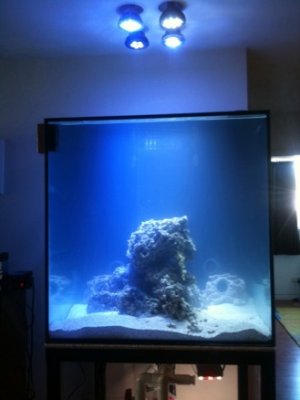bigdaddystar
New member
Gfi's are finicky.....especially as they get older
just like say plug a microwave into one...they usually will not trip....but every once in a while they will....they should only trip when the incoming voltage varies from on the outcoming side (neutral) meaning something happen to the circuit like you are being shocked by it....but of course a gfi reacts within 1/60 of a cycle roughly a **** hair of a second...so you cant get shocked....
that is the only time they should trip....and gfi's have absolutely nothing to do with grounds...simply put if 2 people walk in and only one person walks out it trips....it see difference in potential line in line out...hot in ...neutral out.
just like say plug a microwave into one...they usually will not trip....but every once in a while they will....they should only trip when the incoming voltage varies from on the outcoming side (neutral) meaning something happen to the circuit like you are being shocked by it....but of course a gfi reacts within 1/60 of a cycle roughly a **** hair of a second...so you cant get shocked....
that is the only time they should trip....and gfi's have absolutely nothing to do with grounds...simply put if 2 people walk in and only one person walks out it trips....it see difference in potential line in line out...hot in ...neutral out.
question:
will a gfi trip if you arent using a ground probe, and if so, under what conditions? please list the possibilities, so that a 2 year old can understand,,, (referring to me of course)
thanks

